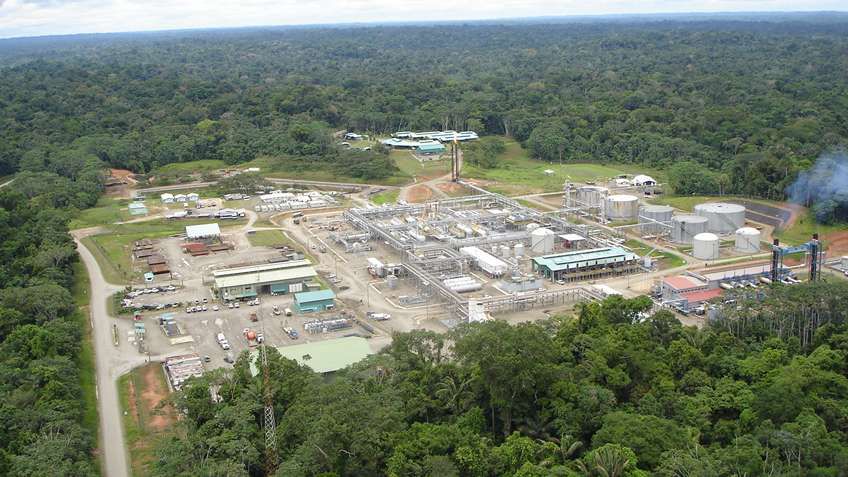As a result, Repsol sought to migrate to an SIS system that could bring its Ecuadorian facilities into compliance while also reducing downtime risks associated with aging equipment.
The company also wanted the nearly month-long migration to be carried out without interrupting production, which runs continuously at both sites.
SIS and Network Upgrades
Repsol worked with Rockwell Automation and Exida, an Encompass™ Product Partner within the Rockwell Automation PartnerNetwork™ program, to define and select the best solution for the new SIS at its NFP and SPF facilities.
The team selected an Allen-Bradley® ControlLogix®-based SIS from Rockwell Automation.
From an implementation standpoint, the system provided easy integration not only with the PLC-5 that it would be replacing but also with the rest of Repsol’s existing installed base of Rockwell Automation equipment and other vendors’ equipment.
This ease of integration reduced risk of downtime during the migrations.
“Sharing information across different vendors’ systems is possible but not always easy, and sometimes it requires that you bring in outside technical experts,” said Marcelo Villegas, project engineer, Repsol Ecuador.
“That wasn’t the case with the Rockwell Automation system. It gave us a clean interaction between the different systems that we had in place.”
As part of the migration, Repsol also implemented a new fiber-optic network for the communications between controllers and I/O racks, and used alarming and events capabilities within the new system to gain better visibility into performance and downtime issues.
Benefits Beyond Compliance
Because the NPF facility is smaller and has only about one-quarter the capacity of the SPF facility, Repsol used it as a proving ground for the first of two SIS migrations.
The NPF migration was successfully completed in 21 days, and the team carried over key learnings from that project to the SPF migration.
Despite the SPF facility being much larger, the team completed the migration in the same amount of time.
Migrations at both facilities also were completed without interrupting production.
The new SIS systems now meet Repsol’s new, internal safety standard at both facilities.
Furthermore, the systems are creating new opportunities for Repsol to improve reliability and productivity at both sites.
